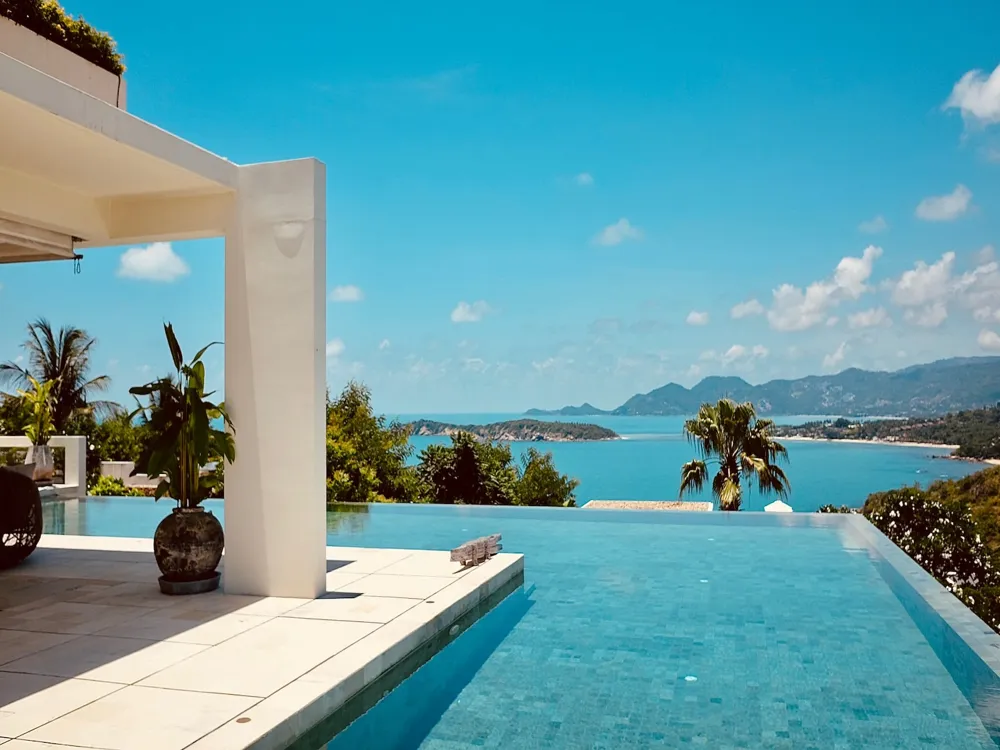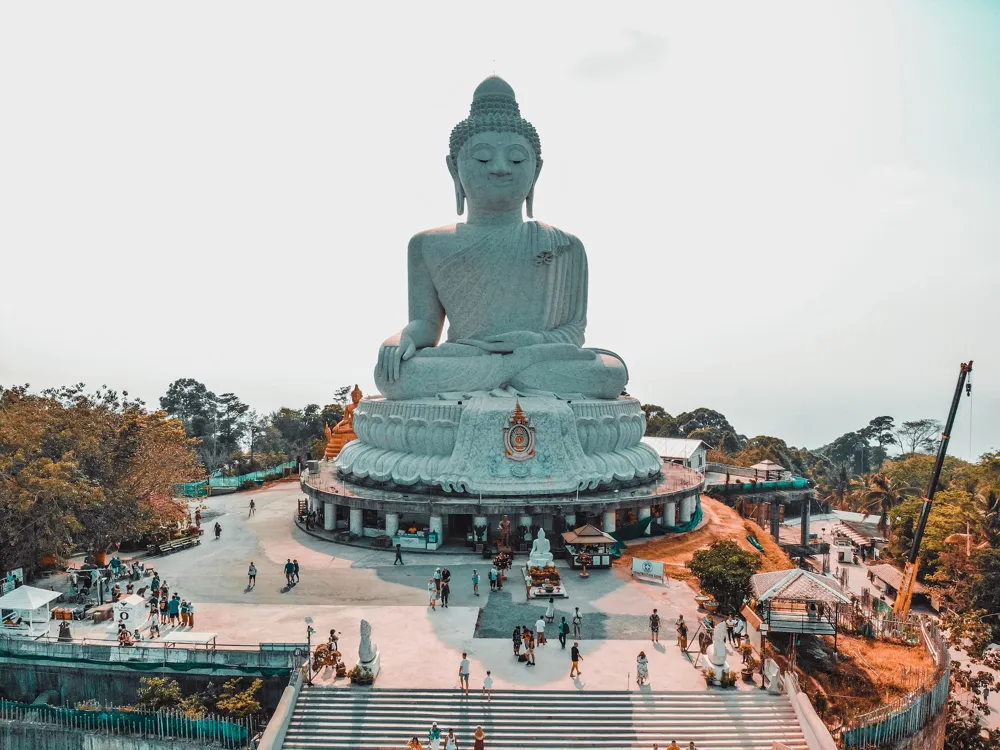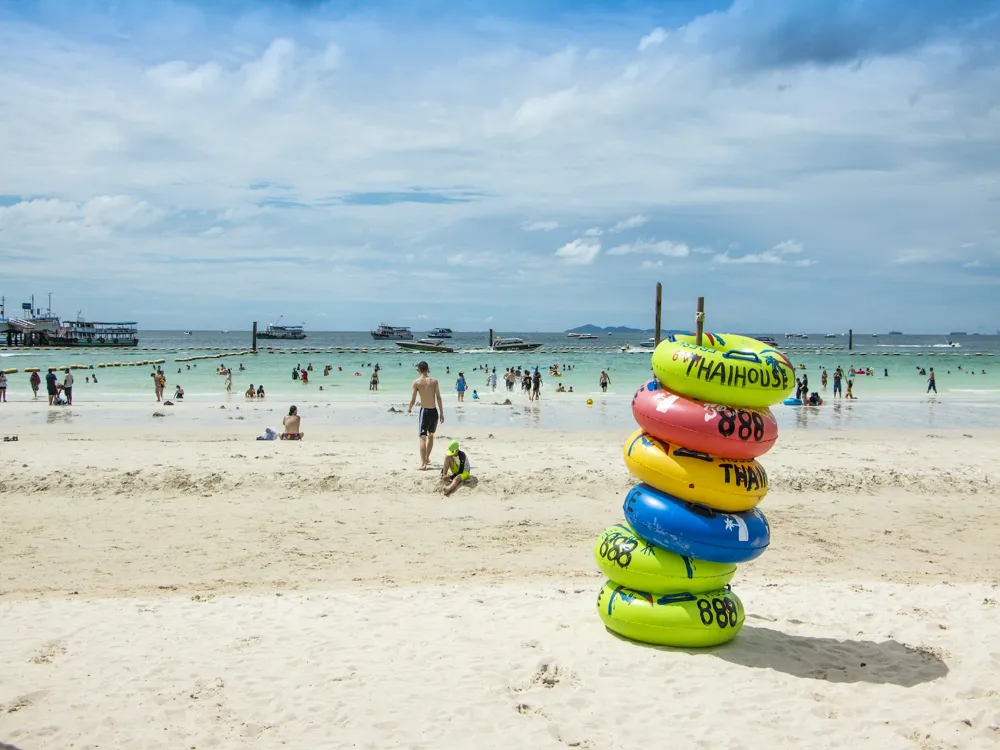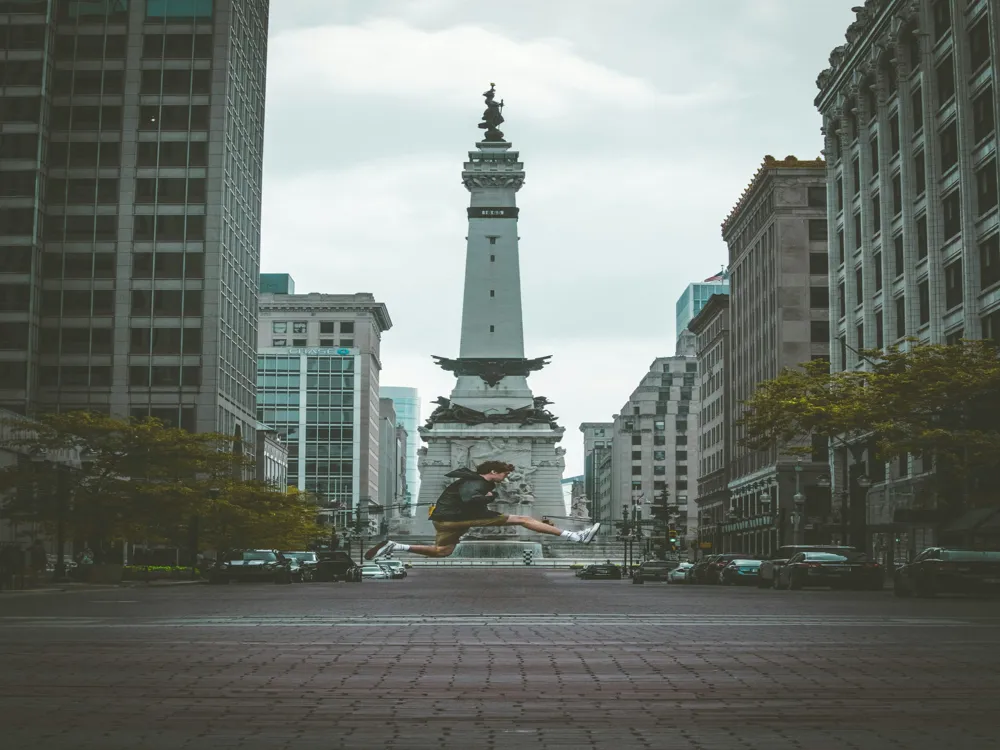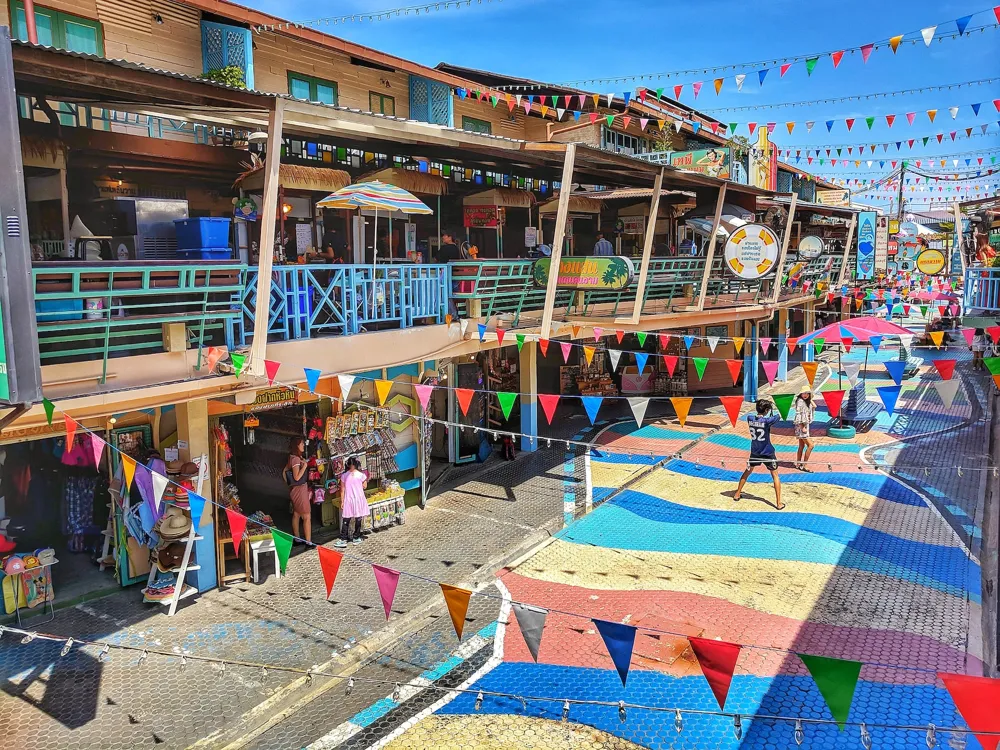The Mae Nam Chinese Temple, a gem in Koh Samui's crown, stands as a testament to the island's rich cultural tapestry. Nestled in the tranquil Mae Nam area, this temple is more than just a religious site; it's a vibrant showcase of art, history, and spirituality. As you step into the temple grounds, you're immediately enveloped in an atmosphere of serenity and awe, making it a must-visit for anyone exploring Koh Samui. Spanning over several decades, the history of Mae Nam Chinese Temple intertwines with the local community's evolution. Initially a modest shrine, it gradually transformed into a stunning complex, reflecting the beliefs and traditions of the Chinese community in Koh Samui. The temple not only serves as a place of worship but also as a cultural hub, celebrating various festivals and events that are deeply rooted in Chinese heritage. Visitors to the temple are greeted by intricate designs and vibrant colors that adorn its walls and structures. Each element of the temple carries a story, from the dragon motifs symbolizing power and strength to the delicate lotus flowers representing purity and enlightenment. The temple's architecture is a harmonious blend of traditional Chinese styles with subtle Thai influences, creating a unique visual spectacle. The Mae Nam Chinese Temple is not just an architectural marvel; it's a living, breathing part of Koh Samui's community. It plays a pivotal role in the spiritual lives of the local Chinese-Thai population, offering a space for prayer, meditation, and reflection. The temple's peaceful ambiance provides a perfect escape from the bustling island life, making it a sanctuary for both locals and tourists alike. As we delve deeper into the architectural wonders and cultural significance of Mae Nam Chinese Temple, it becomes evident that this site is more than just a tourist attraction. It's a bridge connecting the past and present, a place where art, culture, and spirituality converge. The architectural grandeur of Mae Nam Chinese Temple is a sight to behold. Every inch of the temple is a testament to the meticulous craftsmanship and attention to detail that went into its construction. The temple's design is a perfect embodiment of traditional Chinese architectural principles, harmonized with local Thai influences. One of the most striking features of the temple is its vibrant color scheme. Bright reds, golds, and greens dominate the palette, each color holding significant symbolic meaning in Chinese culture. Red, considered the most auspicious color, symbolizes good fortune and joy, while gold represents wealth and prosperity. The use of green, especially in the temple's serene garden areas, adds a sense of harmony and balance. The temple's roof is an architectural marvel in itself. Adorned with intricate carvings and statues, the roof's sweeping curves and upturned eaves are characteristic of traditional Chinese architecture. These elements are not just aesthetically pleasing but also serve a practical purpose, protecting the temple's structure from the elements. Inside, the temple houses an array of statues and artifacts, each with its own story and significance. The main hall is particularly awe-inspiring, with its ornate altar and beautifully crafted statues of deities and historical figures. The attention to detail in the carvings and paintings is a reflection of the temple's deep spiritual and cultural significance. The integration of natural elements into the temple's design further enhances its beauty. Water features, gardens, and open courtyards create a sense of tranquility and connection with nature. This harmonious blend of architecture and nature makes Mae Nam Chinese Temple not just a place of worship, but a sanctuary of peace and reflection. In conclusion, the architecture of Mae Nam Chinese Temple is a rich tapestry of history, culture, and artistry. It stands as a proud symbol of the Chinese community's heritage in Koh Samui, inviting visitors to immerse themselves in its beauty and tranquility. As a place of religious and cultural significance, it's important to dress modestly and behave respectfully while visiting the temple. Avoid loud noises and ensure to follow any posted guidelines. While photography is usually allowed, it's crucial to be mindful of worshippers and not disturb any religious activities. Always ask for permission before taking photos of people or inside the halls. Take your time to explore and appreciate the temple's intricate details. However, be aware of your surroundings and avoid touching or climbing on the sacred statues and structures. Visiting during a festival can be a unique experience. Participate in the celebrations to gain a deeper understanding of the local culture, but always respect the traditions and practices. Consider taking a guided tour to learn more about the temple's history and significance. Guides can offer insights that you might not discover on your own. Mae Nam Chinese Temple is easily accessible from various parts of Koh Samui. Visitors can opt for a range of transportation options such as taxis, rented scooters, or local buses. The temple is located in the Mae Nam area, which is well-connected and easy to navigate. If you're staying in a nearby resort or hotel, many offer shuttle services to major attractions including the temple. For a more adventurous experience, consider renting a scooter or a bike to explore the island at your own pace, making sure to have a map or a GPS device handy. For international visitors, the nearest airport is the Samui International Airport. From there, you can take a taxi or arrange for a private transfer to the temple. It's advisable to check the local traffic and travel advisories, especially during peak tourist seasons, to ensure a smooth journey to this magnificent cultural landmark. Read More:Overview of Mae Nam Chinese Temple in Koh Samui
The architecture of the Mae Nam Chinese Temple
Tips When Visiting Mae Nam Chinese Temple
Respect the Cultural Norms
Photography Etiquette
Explore with Sensitivity
Participate in Local Festivities
Guided Tours
How To Reach Mae Nam Chinese Temple
Mae Nam Chinese Temple
Koh Samui
₹ 20,280 onwards
View koh-samui Packages
Weather :
Tags : Temple
Timings : All Day
Entry Fee : No Entry Fee
Planning a Trip? Ask Your Question
Koh-samui Travel Packages
View All Packages For Koh-samui
Top Hotel Collections for Koh-samui

Private Pool

Luxury Hotels

5-Star Hotels

Pet Friendly
Top Hotels Near Koh-samui
Other Top Ranking Places In Koh-samui
View All Places To Visit In koh-samui
View koh-samui Packages
Weather :
Tags : Temple
Timings : All Day
Entry Fee : No Entry Fee
Planning a Trip? Ask Your Question
Koh-samui Travel Packages
View All Packages For Koh-samui
Top Hotel Collections for Koh-samui

Private Pool

Luxury Hotels

5-Star Hotels

Pet Friendly









